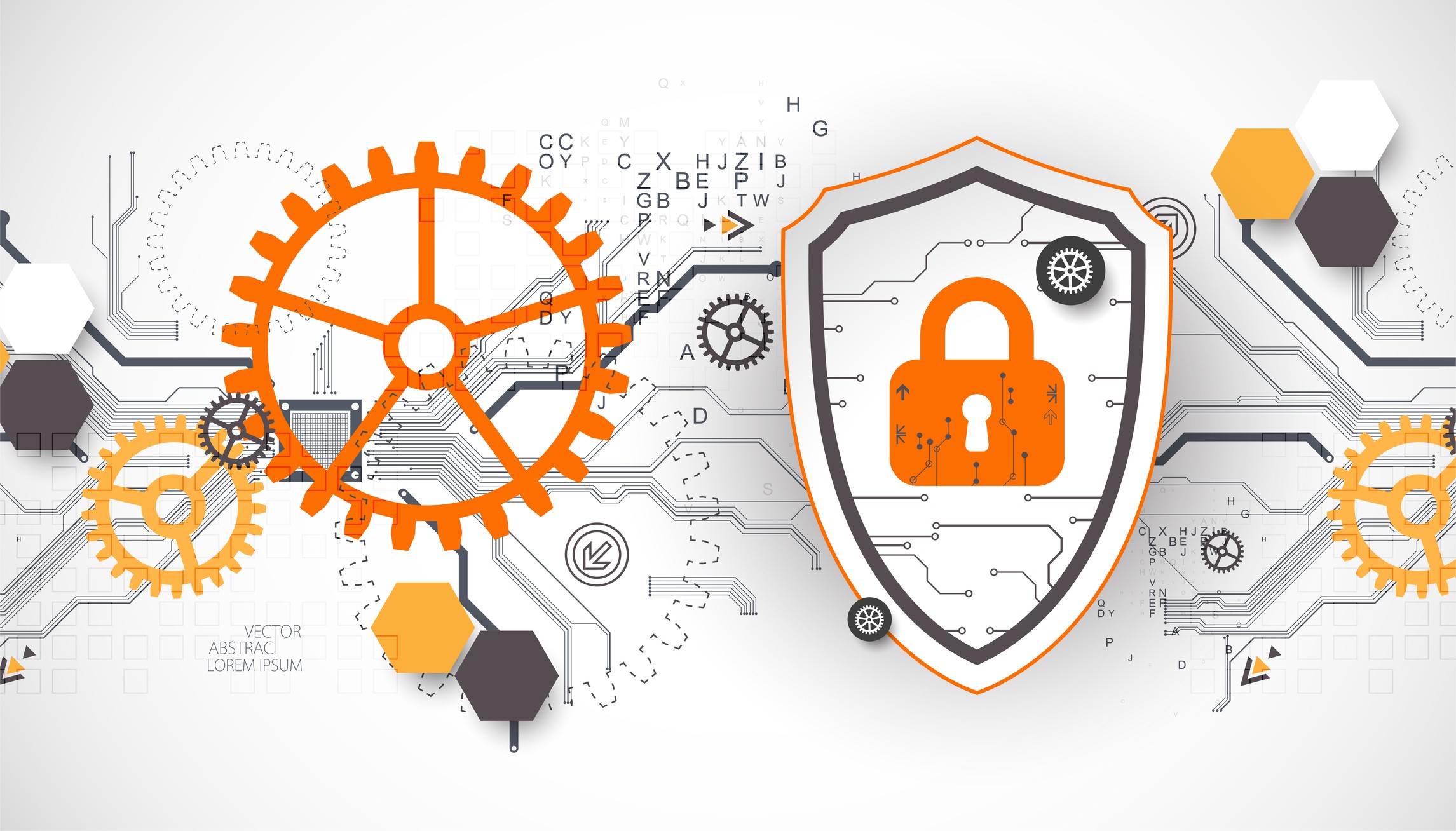Zero Trust Security is a cybersecurity model that operates on the principle of "never trust, always verify." Unlike traditional security models that assume everything inside an organization's network is safe, Zero Trust treats all users, devices, and network traffic as potential threats. It requires continuous verification of identity and access privileges, ensuring that only authorized entities can access resources.
This approach minimizes the risk of data breaches and cyber attacks by eliminating implicit trust and enforcing strict access controls.
With the rise of remote work, cloud computing, and mobile device usage, the traditional network perimeter has dissolved, making it challenging to secure data and systems using conventional methods. Zero Trust Security addresses these challenges by providing a framework for protecting sensitive information and critical infrastructure, regardless of location or device.
By adopting a Zero Trust approach, organizations can enhance their security posture, reduce the attack surface, and better defend against internal and external threats.
Principles of Zero Trust Security
Zero Trust Security model operates on the principle that trust is never assumed and must always be earned, regardless of whether an entity is inside or outside the network perimeter. By adhering to the core principles of Zero Trust, organizations can build a more robust and resilient security posture.
Principle 1: Never Trust, Always Verify
At the heart of Zero Trust Security is the concept of "Never Trust, Always Verify." This principle dictates that no entity, whether inside or outside the network, should be automatically trusted. Instead, every access request must be rigorously authenticated and authorized.
This involves verifying the identity of users and devices, as well as the context of their access request, such as location, time, and device security posture.
By continuously validating credentials and monitoring behavior, organizations can detect and respond to potential security threats in real-time.
Principle 2: Least Privilege Access
The principle of Least Privilege Access ensures that users and devices are granted only the minimum level of access necessary to perform their tasks. This reduces the risk of unauthorized access to sensitive data and systems, as it limits the potential damage that can be caused by compromised credentials or insider threats.
In a Zero Trust model, access permissions are tightly controlled and regularly reviewed to ensure that they align with current roles and responsibilities.
This approach also involves segmenting access based on user roles, data sensitivity, and application requirements, further minimizing the attack surface.
Principle 3: Microsegmentation
Microsegmentation is a key principle of Zero Trust Security that involves dividing the network into smaller, isolated segments. This limits the lateral movement of attackers within the network, as each segment has its own access controls and security policies. In the event of a breach, microsegmentation contains the threat to a specific segment, preventing it from spreading to other parts of the network.
This granular approach to network security allows for more precise control and monitoring of traffic flows, enhancing overall security and reducing the risk of widespread.
Applying Zero Trust Security in Web Development
Zero Trust Security model's principles extend beyond traditional security measures, requiring a comprehensive approach to protect web applications, APIs, and data.
Securing APIs and Endpoints
In web development, APIs (Application Programming Interfaces) and endpoints are critical components that facilitate communication between different software applications. To apply Zero Trust Security, it's essential to secure these APIs and endpoints by implementing strict authentication and authorization mechanisms.
This involves validating API keys, tokens, or credentials for every request, ensuring that only authorized users or services can access the API. Additionally, rate limiting and monitoring API usage can help detect and prevent abuse or malicious activity.
Implementing Authentication and Authorization
Authentication and authorization are foundational elements of Zero Trust Security in web development. Authentication verifies the identity of users or services, while authorization determines their access rights. Implementing multi-factor authentication (MFA) adds an extra layer of security by requiring users to provide two or more verification factors.
Role-based access control (RBAC) or attribute-based access control (ABAC) can be used to grant access rights based on user roles or attributes, ensuring that users have the least privilege necessary to perform their tasks.
Data Encryption and Protection
Protecting sensitive data is a critical aspect of Zero Trust Security. In web development, data encryption should be employed both in transit and at rest. SSL/TLS (Secure Socket Layer/Transport Layer Security) encryption can secure data during transmission over the internet, preventing interception by unauthorized parties.
Encrypting data at rest ensures that even if data is accessed or stolen, it remains unreadable without the proper decryption keys. Additionally, regular security audits and vulnerability assessments can help identify and address potential weaknesses in data protection mechanisms.
Challenges and Considerations
While the implementation of Zero Trust Security offers a robust framework for protecting digital assets, it is not without its challenges and considerations.
Navigating the intricacies of this security model requires a careful balance between stringent security measures and maintaining an optimal user experience. Integrating Zero Trust principles into existing systems and infrastructure poses its own set of hurdles.
Balancing Security and User Experience
Implementing Zero Trust Security in web development often involves stringent authentication and authorization processes, which can impact user experience (UX). Ensuring a smooth and seamless UX while maintaining robust security is a key challenge. It's essential to strike a balance between security measures and user convenience.
For example, implementing adaptive authentication can help by adjusting security requirements based on the user's context, reducing friction for low-risk scenarios while maintaining high security for sensitive operations.
Integration with Existing Systems
Integrating Zero Trust Security principles into existing web development systems and infrastructure can be complex. Many organizations have legacy systems that may not be designed with Zero Trust in mind. Upgrading these systems or incorporating new security measures requires careful planning and execution.
It's important to assess the compatibility of existing systems with Zero Trust principles and to develop a phased approach for integration, ensuring minimal disruption to ongoing operations.
Continuous Monitoring and Response
Zero Trust Security is not a set-and-forget solution; it requires continuous monitoring and response to evolving threats. Implementing real-time monitoring tools and automated response mechanisms is crucial. Security teams need to be vigilant in detecting and responding to unusual access patterns or potential security breaches.
Additionally, maintaining an up-to-date understanding of the threat landscape and adapting security policies accordingly is vital for the long-term effectiveness of Zero Trust Security in web development.
Case Studies and Examples
Financial Services Company Embraces Zero Trust
A leading financial services company implemented a Zero Trust Security model to protect its web applications and customer data. By employing multi-factor authentication, microsegmentation, and continuous monitoring, the company significantly reduced the risk of data breaches and ensured compliance with stringent financial regulations.
The Zero Trust framework enabled the company to verify every user and device attempting to access its network, regardless of their location. This approach was particularly beneficial in protecting against sophisticated phishing attacks and insider threats.
Additionally, the company implemented a policy of least privilege access, ensuring that employees could only access the information necessary for their specific roles, further reducing the potential for data leaks.
eCommerce Platform Enhances Security
An e-commerce platform adopted Zero Trust principles to secure its APIs and endpoints, crucial for handling millions of transactions. By implementing strict access controls and encrypting sensitive data, the platform safeguarded customer information and maintained trust in its online shopping experience.
The platform utilized API gateways with integrated security measures to validate and manage access requests, ensuring that only authorized applications and users could interact with its APIs. The use of end-to-end encryption protected data in transit and at rest, preventing unauthorized access even in the event of a network breach.
Healthcare Provider Secures Patient Data
A healthcare provider applied Zero Trust Security to its web-based patient portal. With robust authentication mechanisms and data encryption, the provider ensured the confidentiality and integrity of sensitive health records, complying with healthcare privacy laws and protecting patient privacy.
The implementation of Zero Trust principles was particularly important in the healthcare sector, where the privacy and security of patient data are paramount. The provider utilized strong authentication methods, such as biometric verification and one-time passwords, to ensure that only authorized individuals could access patient records.
The use of data encryption ensured that even if data was intercepted, it would remain unreadable and secure.
Educational Institution Strengthens Online Learning
An educational institution integrated Zero Trust principles into its online learning platform. By securing access to educational resources and student data, the institution provided a safe and secure online learning environment, even as remote education became increasingly prevalent.
The Zero Trust approach was instrumental in protecting the privacy of students and faculty, as well as safeguarding intellectual property. The institution implemented strict access controls, ensuring that only authenticated users could access course materials and personal information.
The use of encryption and secure communication channels protected data from being intercepted or tampered with during online sessions.
Evolution of Zero Trust
Cybersecurity is in a constant state of flux, with new threats and vulnerabilities emerging at an unprecedented pace. The principles of Zero Trust Security are becoming increasingly relevant. The shift towards remote work, cloud services, and IoT devices has underscored the need for a security model that does not rely on a defined perimeter but instead focuses on securing data and applications regardless of their location.
Looking ahead, Zero Trust Security is poised to play an important role in the future of web development. As web applications continue to be a primary target for cyber attacks, adopting a Zero Trust approach will be crucial for organizations to protect their assets and maintain user trust. This will involve not only implementing robust security measures but also embedding security into the development process itself, following the principles of DevSecOps.
The integration of emerging technologies such as artificial intelligence and machine learning into Zero Trust frameworks will enhance the ability to detect and respond to threats in real-time. As cybersecurity threats become more sophisticated, the adaptability and comprehensive nature of Zero Trust Security will be key to staying ahead of potential risks.




